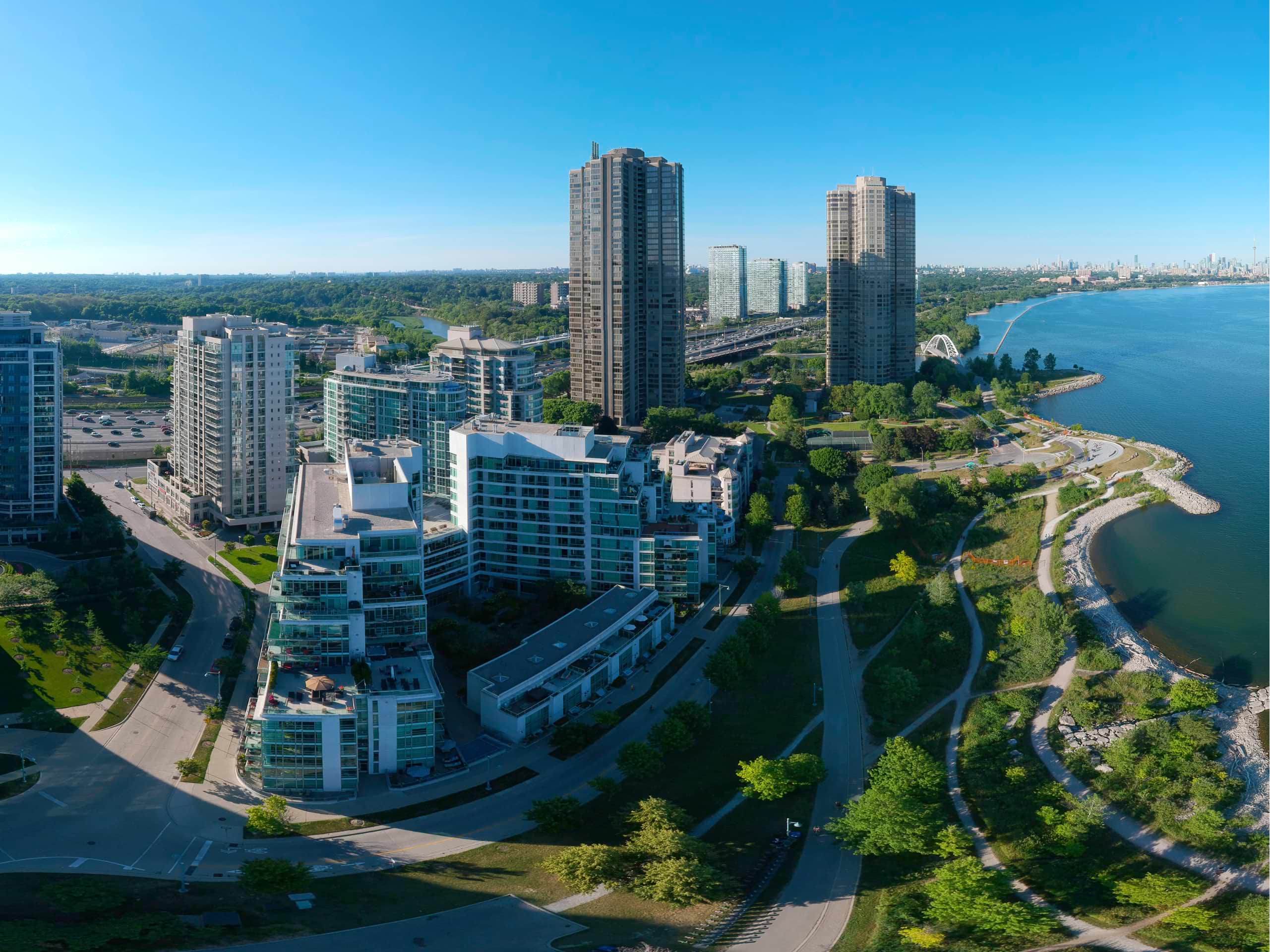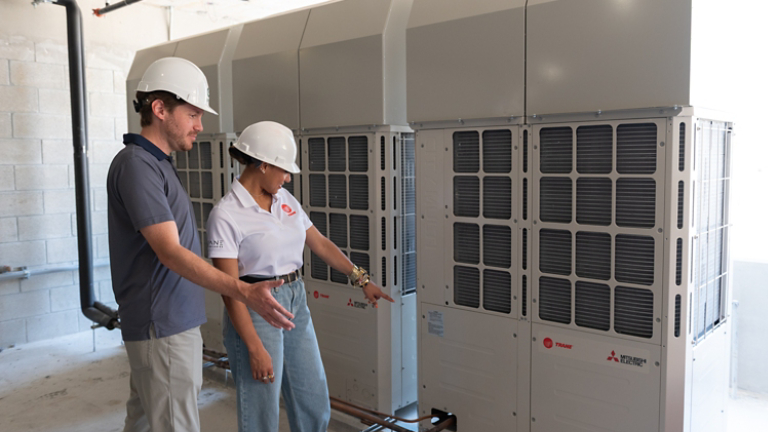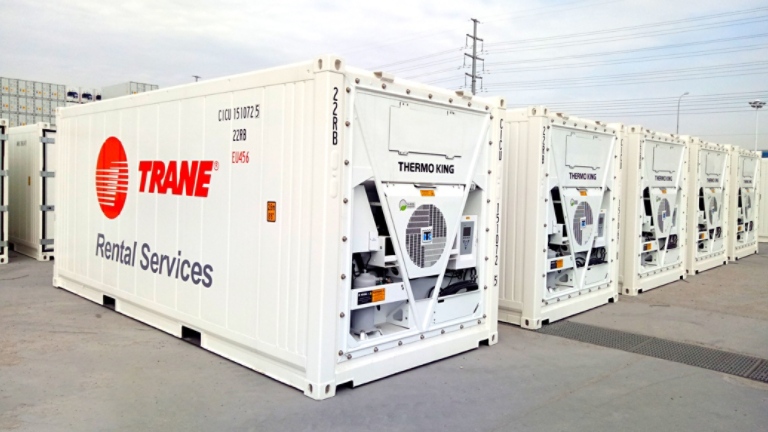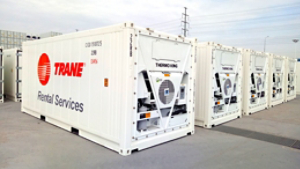Why have we started talking so much about decarbonization in the past two years?
Kasey: First, it’s important to recognize this isn’t new: ten years ago, we were talking about “green buildings” and five years ago it was “sustainability.” It’s an evolution of a discussion that began 50 years ago when we all set out to be more energy efficient. One difference today is the increased spotlight on how companies are reporting on their goals and achievements. In part, that is tied to the financial side of things. More than ever, private investors and government programs are funding projects that help buildings use less energy and run more sustainably. They want to know the money is being used effectively.
Jim: On top of that, building occupants and owners are hearing about carbon neutrality. There’s a greater awareness about decreasing their carbon footprint.
How is decarbonization being legislated?
Kasey: Legislation is still mostly localized; for example, NYC: LL97 in New York, BERDO in Boston, HB21-1286 in Colorado, and BEPS in Seattle. For the most part, regulations focus on eliminating the installation of natural gas lines in new buildings or setting limits on energy use per square foot based on the building type. Overall, the idea is to force cleaner energy decisions and penalize buildings that don’t change. Like a lot of things, this trend started on the East and West coasts, and it is making its way inward to the rest of the country. Currently, 25 states and Washington, DC, have established greenhouse gas emissions targets.1 Buildings are required to have some kind of decarbonization plan in half the nation. If it’s not in your area yet, it likely will be soon.
What is the best way to know whether a project will meet local requirements?
Kristy: That’s relatively easy for us to predict. And, no matter if the objective is reducing total energy load, shifting to low-GWP refrigerants or eliminating natural gas, they all require data. You have to measure energy to manage energy. Usually, the best starting point is to begin getting data out of your building so you can make informed decisions. That’s what we’re seeing with our Intelligent Services customers.
Jim: Having connected controls or, better yet, a building automation system, is the best way to know that every kW of energy that’s used is used effectively. Recently, I met with customers who found a host of opportunities to reduce their building’s energy consumption by simply shifting temperature set points and adding more detailed scheduling. We live and breathe it here at Trane, but you’d be surprised by the number of buildings run in a basic “on-or-off” mode that doesn’t utilize controls strategies to meet actual needs.
Kristy: Adding energy meters on key equipment is another place where I don’t think you’ll ever go wrong. Being able to look at data trends and see when and where energy is being used is a great way to identify building problems early on, so you can call in a technician for equipment service. Early detection, and sometimes general maintenance—changing filters, adjusting dampers, things like that—can make a positive impact on your energy bill.
More decarbonization and clean energy use laws seem inevitable. What can building owners do to prepare?
Kasey: Get a firm grasp on energy efficiency now. It’s no coincidence that energy efficiency is considered the number-one pillar for decarbonization by both Trane and the Department of Energy. In order to make a greener grid a reality, we all have to use less energy.
Kristy: I’d say the best thing you can do is establish an energy baseline. I’ll sound like a broken record for a minute, but you have to measure energy use to manage energy use. Know your starting point, compare it to a benchmark like Energy Star, then set goals and work towards them.
Jim: No surprise from the controls guy: my advice is to implement a controls system, run regular recommissioning efforts to make sure equipment and systems are running as designed, and implement strategies to use less energy when you can by taking advantage of free cooling, thermal storage, daylight harvesting, etc. It all works toward the achievement of ESG, decarbonization and sustainability goals.
Discover your building’s decarbonization potential. Contact Trane for an assessment.










































































































